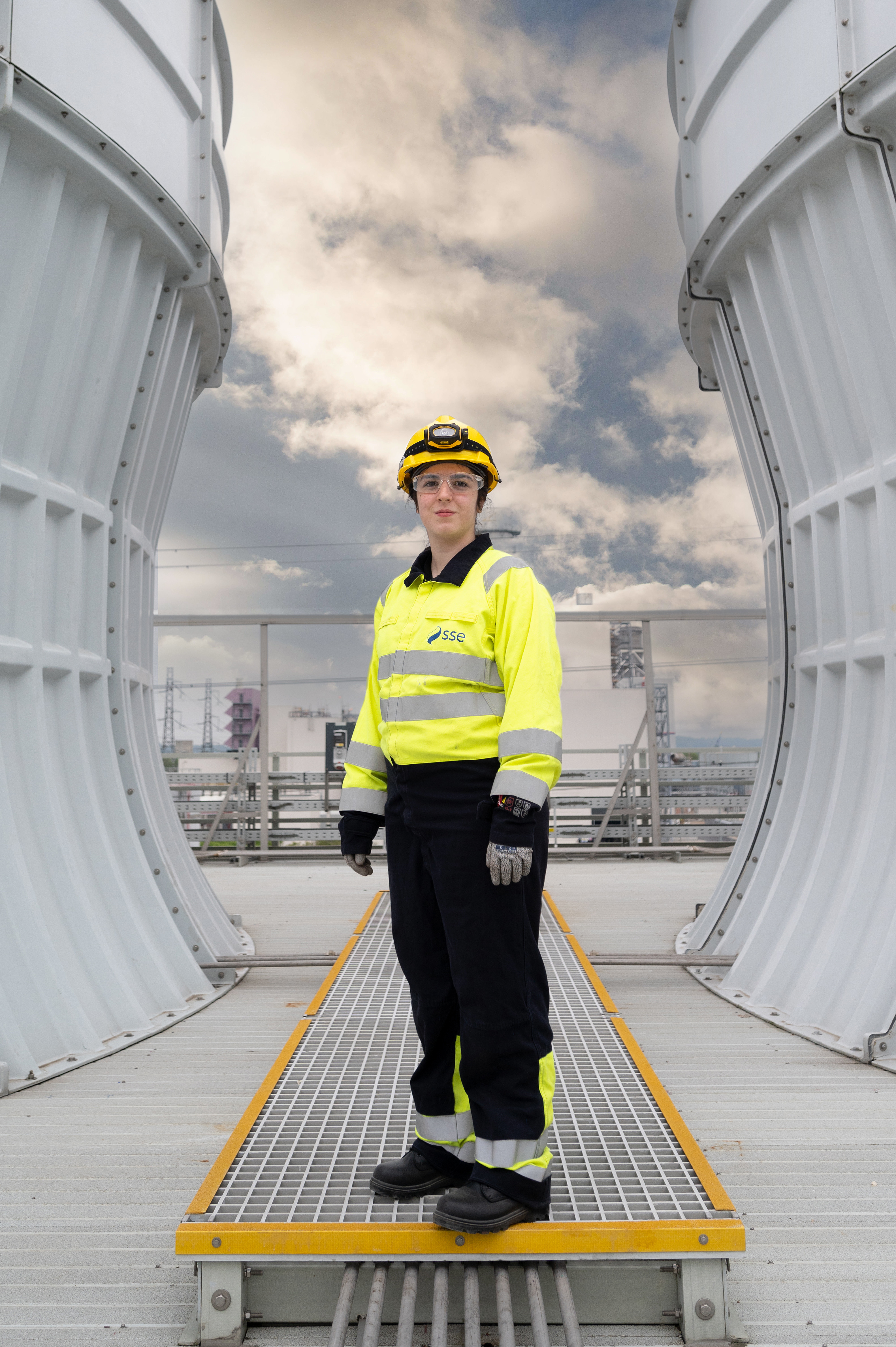Powering the transition to net zero
The energy sector plays a vital role in achieving the goal set by the Paris Agreement to limit the increase of global temperature to 1.5 degrees.
We have a clear focus on electricity infrastructure as the key to unlocking decarbonisation. Our Net Zero Acceleration Programme (NZAP) Plus investment plan puts our strategy in action. It is accelerating the build-out of renewables, system flexibility and electricity networks that will be needed to reach net zero.
Our ambition is to achieve net zero greenhouse gas (GHG) emissions across scope 1 and scope 2 emissions by 2040* and for remaining scope 3 emissions by 2050 at the latest.
*Subject to security of supply requirements.
2030 goals
SSE's science-based carbon targets
Original science-based carbon targets
In April 2020, SSE set medium-term carbon targets, approved by the Science-Based Targets Initiative (SBTi), aligned to a ‘well below 2°C' pathway' - which was the most stretching pathway for the power sector available from SBTi at the time.
Since then, the SBTi has published a new pathway for the power sector, allowing electric utilities to set science-based targets in line with limiting warming to 1.5°C. This pathway requires the power sector to decarbonise at a much faster rate than others, due to the rapid technology cost reductions and the important role that the power sector will play in helping other sectors reduce emissions as they move from fossil fuels to electrification.
Updated science-based targets
Using the SBTi's new power sector 1.5°C - aligned science-based target criteria, we submitted updated targets to the SBTi for approval in September 2021. The SBTi approved these more stretching targets in November 2021, and our renewed science-based carbon targets for scopes 1 and 2 on the 1.5°C pathway are to:
- Reduce scope 1 GHG emissions intensity by 80.2% per gCO2e/kWh between 2017/18 and 2030* (from 307 gCO2e/kWh to 61 gCO2e/kWh).
- Reduce absolute scope 1 and 2 GHG emissions by 72.5% between 2017/18 and 2030* (from 11.06 MtCO2e to 3.04 MtCO2e)
* The target boundary includes biogenic emissions and removals from bioenergy feedstocks
These targets are supplemented by SSE’s existing interim Scope 3 targets, also verified by the SBTi, which are to:
- Reduce absolute GHG emissions from use of sold products by 50% by 2034 from a 2017/18 base year (from 2.5 MtCO2e to 1.25 MtCO2e)
- Engage with 50% of suppliers by spend to set an SBT by 2024
These targets are aligned with government and stakeholder demands to achieve net zero emissions and are fundamental to SSE’s capital investment and allocation plans outlined in its Net Zero Acceleration Programme. See SSE’s GHG emissions intensity performance.
SSEN Distribution was the first UK Distribution Network Operator to set science-based targets in line with a 1.5°C pathway, and SSEN Transmission was the first electricity networks company in the world to receive external accreditation for a science-based target in line with a 1.5°C global warming pathway.
Measuring SSE's carbon Footprint

For more information on what is included in our scope 1, 2 and 3 emission, see our Sustainability Report.
SSE's Net Zero Transition Plan

Our Net Zero Transition Plan clearly outlines the 17 key actions we will take to accelerate progress towards our science-based targets.
Our Net Zero Transition Plan outlines our net zero-aligned targets and describes the actions required to reduce material GHG emissions across scopes 1, 2, and 3 and actions on interdependencies, including a just transition and climate adaptation. The Plan establishes both targets and actions that will support the achievement of becoming a net zero business.
We also understand that investors are increasingly looking for robust mechanisms through which they can ensure their investments are sustainable and account for climate-related risks. As a result, we have deliberately pursued a strategy of issuing green bonds to finance our investment plans.
Our Net Zero Transition Plan has been designed to be read alongside the climate-related disclosures in the Sustainability Report and the Annual Report.
SSE's climate change adaptation and resilience
We are committed to transparent climate-related disclosures, helping stakeholders assess our management of climate risks. The Annual and Sustainability Reports follow TCFD guidelines, including financial impact estimates of key climate risks and opportunities.
We have evaluated our business resilience across different climate scenarios in the Transition to Net Zero and Post Paris reports. Our gas business resilience was further assessed in the Transition to Net Zero report, building on earlier insights from the Post Paris study, which explored our response to electricity sector decarbonisation under three different warming scenarios.


